 Nuclear VIP
Nuclear VIP

 Nuclear VIP
Nuclear VIP





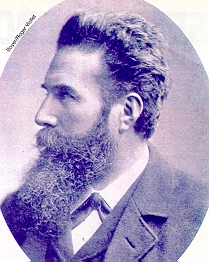
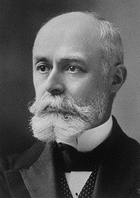
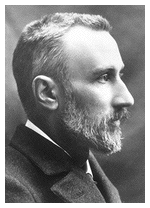
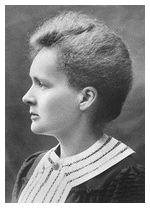
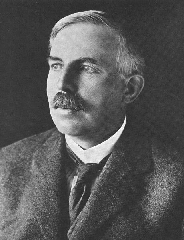
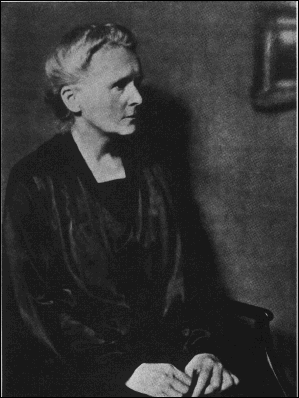

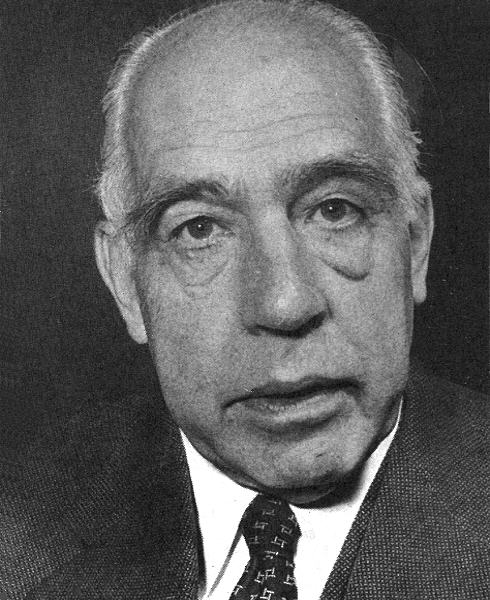
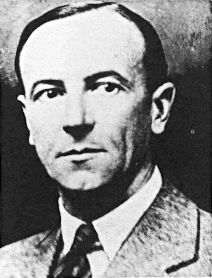
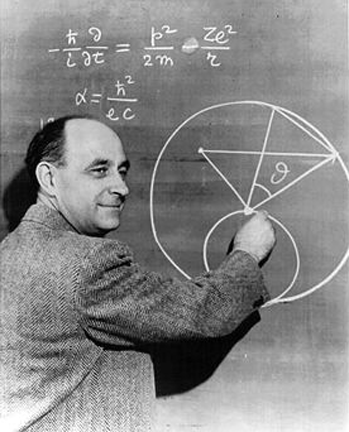
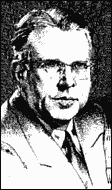
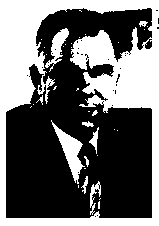
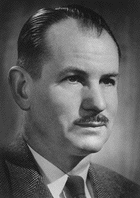








![]()
MANHATTAN PROJECT
The Manhattan Project was the code name for the United States effort
during World War II to produce the atomic bomb. It was named for the Manhattan
Engineer District of the US Army Corps of Engineers, because much of the early
research was done in New York City.
Sparked by refugee physicists in the US,
the program was slowly organized by German scientists in 1938, and many US
scientists expressed the fear that Hitler would attempt to build a fission
bomb.
In 1942 General Leslie Groves was chosen to lead the project, and he
immediately purchased a site at Oak Ridge, Tennessee, for facilities to separete
the necessary uranium-235 from the much more commom uranium-238. He also
appointed theoretical physicist J.R. Oppenheimer as director of the weapons
laboratory, built on an isolated flat land area (mesa) at Los Alamos, New
Mexico.
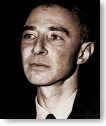
John Robert Oppenheimer was born April 22, 1904 to a well-to-do Jewish
family in an upper-class Manhattan apartment. His father had built up a
prosperous garment business and his mother was a painter. He Thrived on studying
and he had few friends in high school, other than his little brother, 8 years
younger than he.
Oppenheimer went to Harvard where he completed a four year
chemistry program in 3 years an graduated summa cum laude in 1925. He
went on to the subatomic physics at the prestigious Cambridge University
Cavendish Laboratory (England), but he didn't last long there because he was
clumsy at the lab and he experienced a mental breakdown. He went on to better
things at the German Gottigen University (German) where theoretical physics
dominated, and that was great for Oppy' (a nickname he picked up there). He got
his Ph.D. in 1927 and his next goal was to bring what was then called "new
physics" back to the US.
Back in the US he taught at two schools; University
of California at Berkeley and at the California Institute of Technology
(Caltech).
Oppenheimer had predicted that it would take four years to
complete the bomb, but 27 months after the project began, it had produced a
successful atomic bomb, it was the ultimate goal of the Manhattan Project. The
result was tested at Alamogordo, New Mexico, on July 16, 1945, and was the first
explosion of an atomic bomb. Pacifist, he was opponent to produce Hidrogen Bomb, it rejected by president Truman in 1949. In 1954, he was resign from AEC by MacArthism policy.
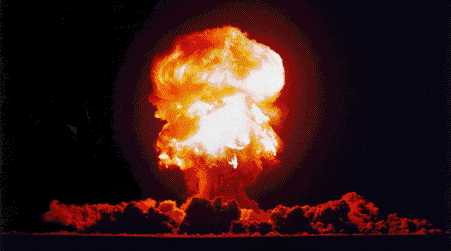
All years of smoking finally got to Oppenheimer and in 1967, at 62 years
of age, he died of throat cancer.
Many scientists worked on the Manhattan project (several Nobel prizes) including Neils Bohr (he explained the dimensions of an atom), Joseph Carter (he worked on refining isotopes of uranium), Richard Feynman (he worked in Quantum Electrodynamics), Enrico Fermi (he split a uranium atom and created a sustained a nuclear fission-chain-reactio) and Edward Teller (he worked on Hydrogen bomb and was the scientific rival of Oppenheimer).